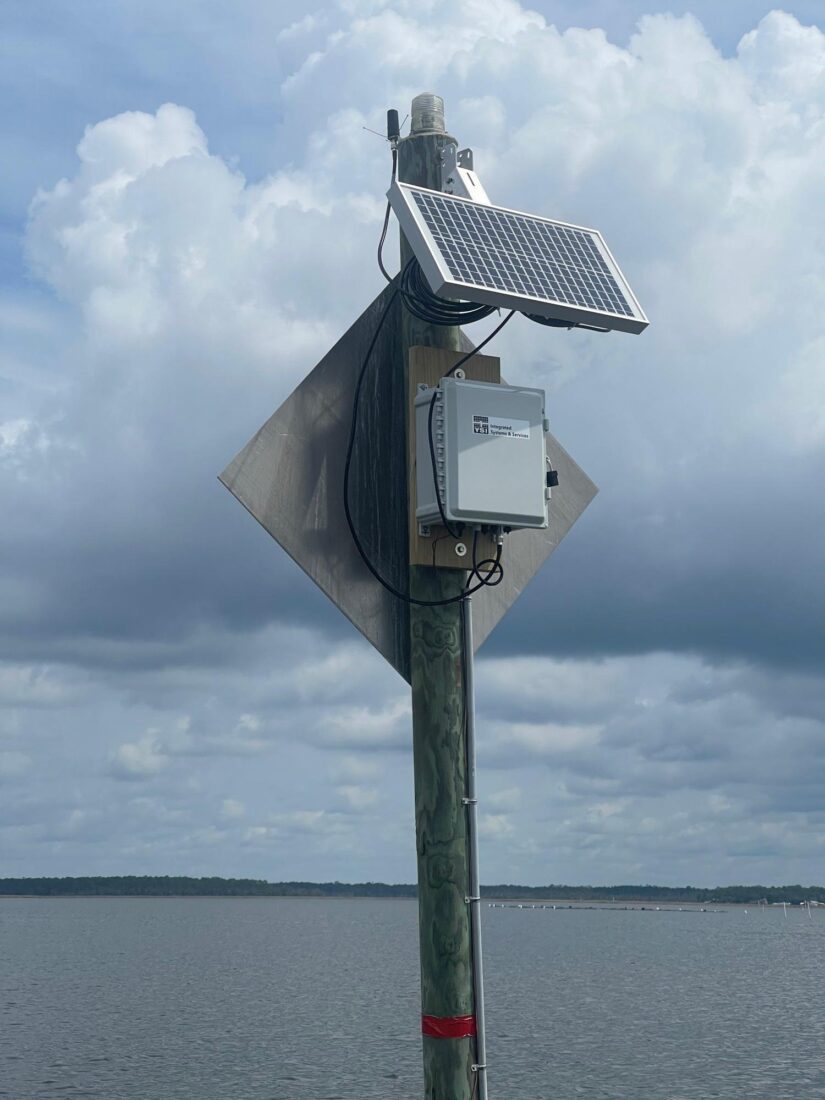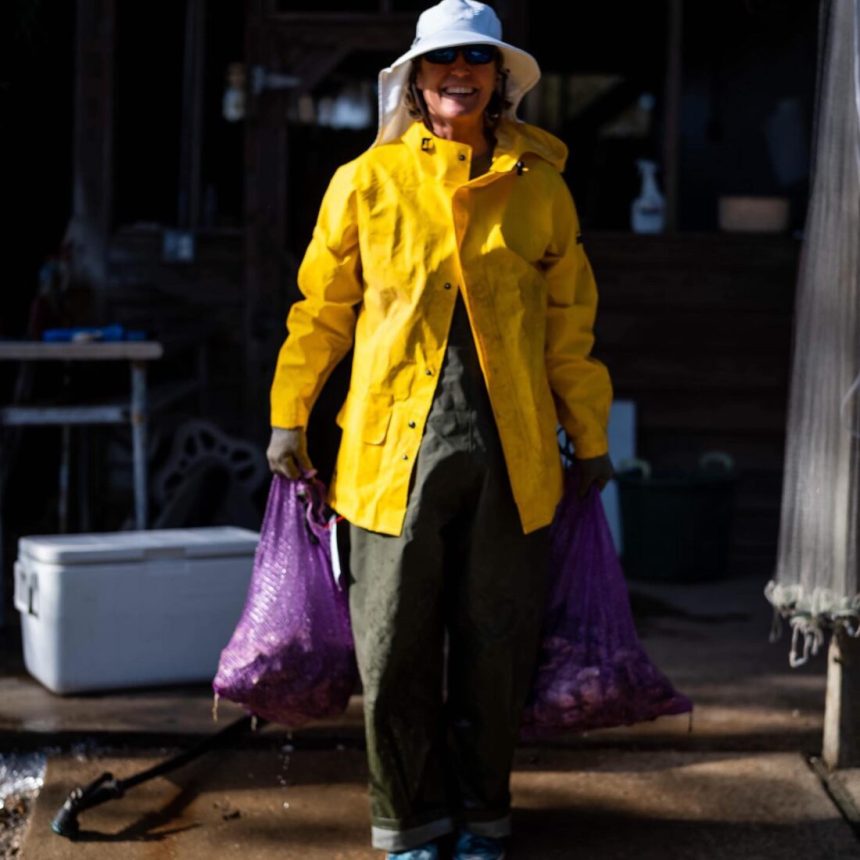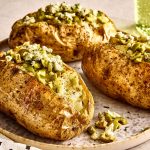Year-round, Little Honeys from Cypress Point Oyster Company, grown in Florida’s St. Marks National Wildlife Refuge, arrive at some of the South’s finest seafood dens, including Pêche in New Orleans, Kimball House and BeetleCat in Atlanta, and Husk in Savannah. Fresh and sweet with precise 2¼-inch shells and deep cups, they also come with a QR code that shares everything about how they were raised, from exactly where they grew and when they were harvested to the water’s salinity levels. But that’s just a small piece of the technology at play.
For an oyster farmer, says Cypress Point owner Dewey Houck, three questions are always top of mind: How many oysters do I have, how big are they, and when will they be ready to harvest? Traditionally, getting those answers meant putting hours of manual labor into weighing bags and counting individual oysters. Houck—who retired to Florida to be closer to family and opened Cypress Point with his wife, Jody, in 2019—does things a little differently.
Jody Houck harvests oysters from the waters of Florida’s St. Marks National Wildlife Refuge.
A former executive at Boeing and an expert in hardware and software, he put those skills to work to build a custom system that brings the ever-growing power of AI to oyster farming. Each mesh bag the oysters grow in gets an RFID tag, a small chip that can be wirelessly scanned (it’s the same technology used for contactless payment). Houck set up a scale with an RFID reader, and every time a bag gets weighed, his system automatically tracks how much it has grown. Meanwhile, the system also receives environmental data—including water temperature, salinity, and dissolved oxygen—that arrives every fifteen minutes from a monitoring station installed by the Florida State Marine Lab.
Here is where AI comes in: Houck designed a model that analyzes the environmental data alongside the growth of the oysters to predict when they’ll be ready for harvest. The model is always learning and becoming more accurate, and today, after years of data, the system calculates oyster growth patterns with uncanny accuracy. “If I ask, ‘How many market-ready oysters do I have next week?’” Houck says, “the computer tells me, 10,000 today, 13,500 next week, whatever. The role that AI plays is predicting the future.”

A monitoring station installed by the Florida State Marine Lab that gathers environmental data every fifteen minutes.
This level of precision streamlines operations, telling the Houcks exactly when to harvest their oysters at just the size they want them and eliminating much of the manual labor and counting. Besides scanning the tags, periodically weighing the bags, and tumbling the oysters, which breaks off the bills and causes them to grow a desirable deep cup, the pair leave their charges alone.
Apart from the benefits to Cypress Point’s business, Houck’s system also holds promise for science. The pioneering approach has gained him academic partnerships all over the South, and he’s happy to share what he’s learned, like the fact that water temperature is by far the most important predictor of growth. At his core, Houck is motivated by understanding the oysters on a deeper level. “They can simultaneously spawn, and they create these colonies that purify the water,” he says. “I want to understand their behavior and how they communicate with one another from a physiological and a metabolic standpoint.”
In the meantime, as he gathers data and pieces together the shellfish’s mysteries, he still enjoys the more simple pleasures of his work. “I eat our oysters every day,” he says. And right now, the Little Honeys are at peak taste because the salinity of the bay is higher and they’ve stored up glycogen to survive the winter. “They’re so salty up front, and then have a complex umami flavor profile and a sweet finish.”







